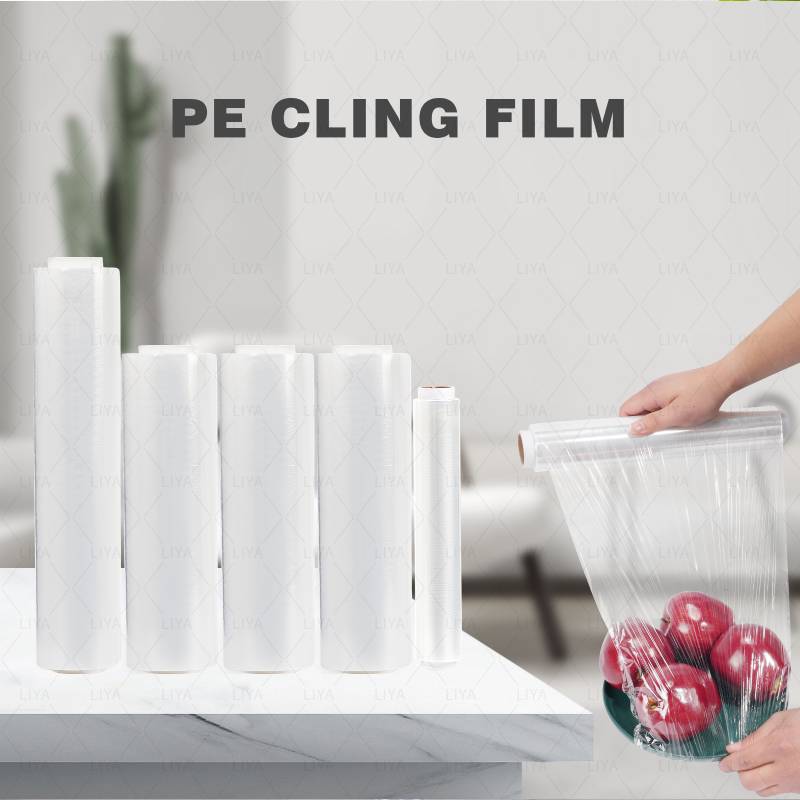Using Simple Packing Paper for Effective and Sustainable Shipping Solutions
The Versatility of Plain Packing Paper An Unsung Hero in the Art of Packing and Storage
When we think of packing materials, our minds often leap to bubble wrap, Styrofoam peanuts, and cardboard boxes. However, one of the most versatile and practical materials often overlooked in the packing arena is plain packing paper. This unassuming yet incredibly useful material has a plethora of applications in both personal and professional settings. In this article, we will explore the various uses, advantages, and sustainability of plain packing paper.
What is Plain Packing Paper?
Plain packing paper is typically a thicker, kraft paper that is uncoated and free from print. It is designed to protect your belongings from scratches, dust, and damage during transit or storage. Unlike its more flashy counterparts, packing paper comes in various sizes and can be purchased in rolls or sheets, making it adaptable to many packing needs.
Uses of Plain Packing Paper
1. Protection and Cushioning One of the primary uses of packing paper is to provide cushioning for fragile items. By crumpling the paper and placing it around delicate objects such as glassware, ceramics, and electronics, you create a buffer that can absorb shock and reduce the risk of breakage.
2. Wrapping Items Whether you’re sending a gift or packing items for a move, plain packing paper serves as an excellent wrapping material. It can easily conform to the shape of the item and can be taped down securely, ensuring that whatever you are wrapping stays protected during handling and transport.
3. Filling Spaces In order to prevent items from shifting during transit, it’s important to fill empty spaces within boxes. Packing paper can be crumpled and used to fill these gaps, providing stability and protecting your belongings from jostling.
4. Surface Protection When doing home renovations or crafts, using packing paper on surfaces can protect them from paint spills, scratches, or other damage. It serves as an economical drop cloth that can easily be replaced as needed.
plain packing paper

5. Eco-Friendly Crafts For those with a creative streak, plain packing paper provides a fantastic medium for crafts. It can be drawn on, painted, or cut into shapes for various DIY projects. Children can use it for crafting, promoting creativity while keeping the environment in mind.
Advantages of Using Plain Packing Paper
- Cost-Effective Packing paper is generally less expensive than bubble wrap or foam sheets, making it a budget-friendly option for packing and moving. - Lightweight It does not add considerable weight to packages, which can be essential when costs are determined by weight, especially in shipping.
- Biodegradable As society becomes increasingly aware of environmental issues, plain packing paper stands out as a biodegradable option. It can be recycled, making it a more sustainable choice compared to plastic packing materials.
- Versatility Its numerous uses, from wrapping and cushioning to crafting, make it a staple in every household and business.
A Sustainable Choice
With the global conversation around sustainability and environmental consciousness, plain packing paper emerges as a champion. Unlike plastic materials that take decades to decompose, paper can break down naturally in a relatively short period, reducing landfill waste. Moreover, many companies now offer recycled packing paper, which further minimizes the ecological footprint of packing processes.
Conclusion
Plain packing paper may not have the glamorous reputation of its more colorful counterparts, but its utility and environmental benefits make it an indispensable tool for packing and storage. From protecting fragile items to serving as a crafting medium, its applications are vast and varied. As we strive towards more sustainable practices in our daily lives, embracing materials like plain packing paper can help us tread more lightly on the planet while still meeting our practical needs. Whether for a move, a gift, or a crafting project, don’t underestimate the power of plain packing paper—it’s truly an unsung hero in the packing world.
-
The Best Uses for Small Trash Bags in Daily LifeNewsJul.01,2025
-
Stylish Reusable Grocery Bags TrendsNewsJul.01,2025
-
Shipping Advantages of Using Bubble Envelopes BulkNewsJul.01,2025
-
How Compostable Mailing Bags Reduce Environmental ImpactNewsJul.01,2025
-
Environmentally - Friendly Bulk Poly MailersNewsJul.01,2025
-
Eco Friendly Custom Laminated Tote BagsNewsJul.01,2025
-
Have the freedom of customizing your custom mailers any way you want! Our dedicated packaging support will help deliver you the mailing experience you need to elevate your shipping experience to the next level! Start making a strong impression on your customers and stand out from your competitors! -
LIYA uses high quality raw materials which directly purchased from large enterprises domestic and overseas such as PetroChina, Sinopec, Sabic, Equate, ExxonMobil, Dow Chemical, Total, and Borouge, ensuring the price advantage and quality of the raw materials. -
LIYA uses high quality raw materials which directly purchased from large enterprises domestic and overseas such as PetroChina, Sinopec, Sabic, Equate, ExxonMobil, Dow Chemical, Total, and Borouge, ensuring the price advantage and quality of the raw materials.





